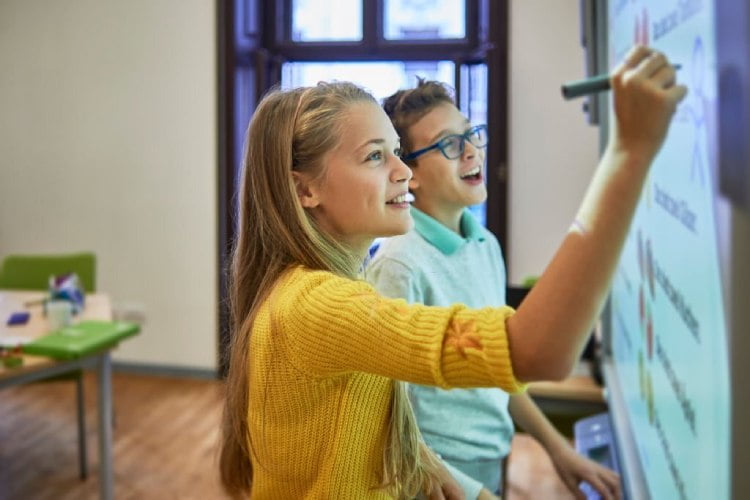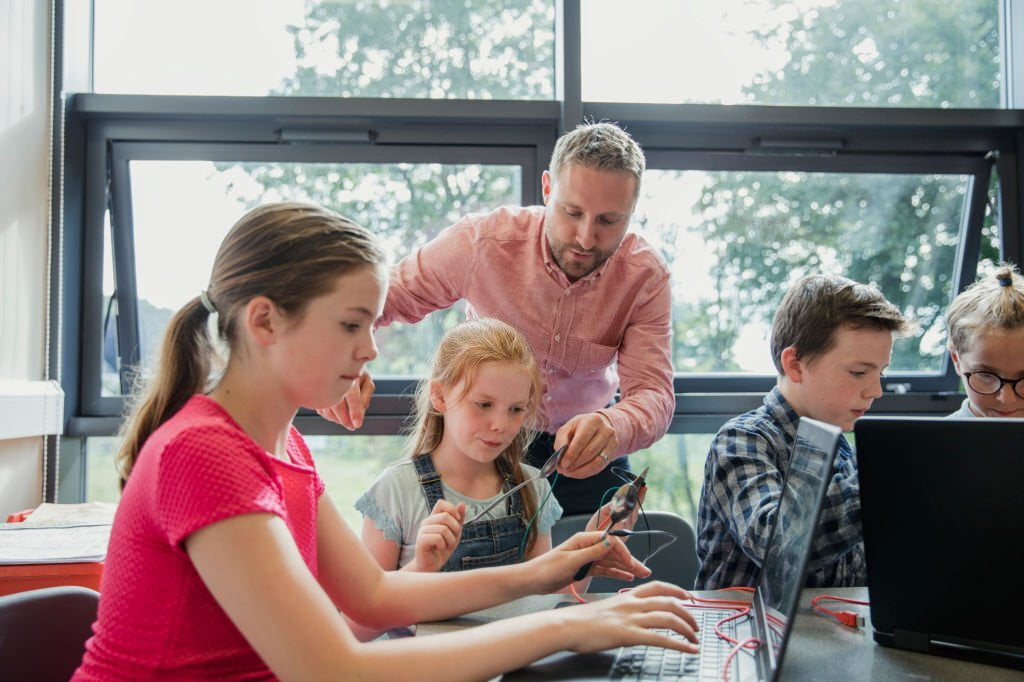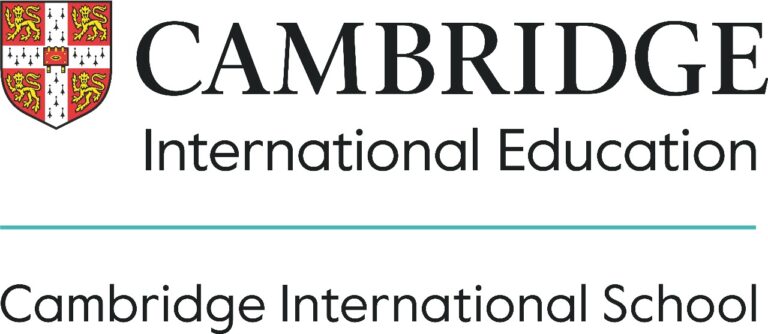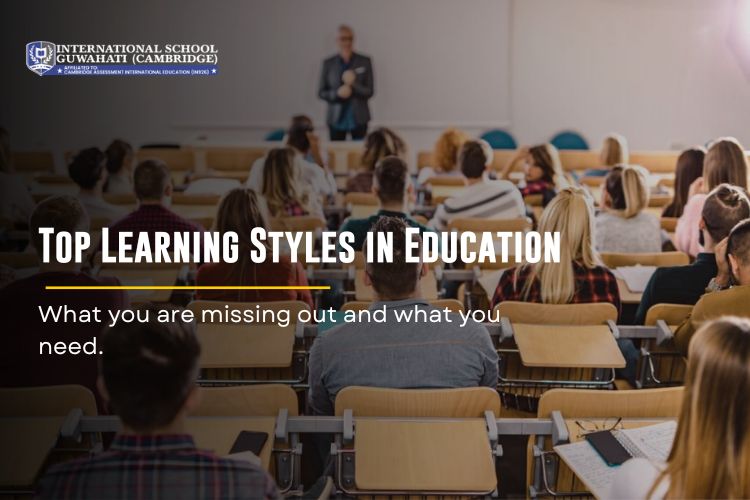![]()
Learning is an ongoing and lifelong process, presenting itself in various forms. Recognizing the significance of different learning styles in education, we tailor our approach to create a rewarding and enriching journey for all. Furthermore, For students or professionals participating in development or educational opportunities, understanding their own learning style can prove to be highly beneficial.
What are Learning Styles?

Before, we dive deep into the different learning styles for students, It is important to learn what are learning styles, Individuals possess a range of different learning methods that influence how they learn most effectively. These methods are based on the belief that people acquire knowledge more efficiently through distinct and preferred modalities.
An individual’s learning style impacts how they absorb information, understand procedures, develop competencies, and apply skills practically. Some may excel in independent reading, while others thrive in collaborative learning environments.
The concept has been shaped by various competing theories, making it challenging to form a consensus on defining and assessing learning styles. Despite this, understanding one’s learning style is valuable for strategic success in pursuing training, development, and different types of education and styles of learning
What are the different learning styles in education?
Scholars and educators have theorized different learning styles in education, which should be considered when assessing how individuals can most effectively understand information and develop competencies. Here are a few examples of the most popular learning styles based on this concept.

Verbal Learning
Verbal or linguistic learners tend to process information effectively through speech and writing. They excel at communication, expressing themselves, and are skilled in reading and writing. These learners often show a preference for educational materials presented in written or spoken form.
Spatial-visual Learning
Spatial-visual learners prefer to process materials through observation. They find visual aids like pictures, images, diagrams, graphs, and charts highly effective for learning. These learners often gravitate towards different learning strategies that encourage creativity and use symbols to convey information. Get more information about this learning technique here.
Aural Learning
Aural or auditory learners process information best through listening. They actively engage with topics by discussing them aloud, which leads to successful learning. Aural learners prefer educational methods that prompt them to explain, describe, discuss, debate, repeat, or question topics to enhance understanding.
Logical Learning
Logical or mathematical learners prefer to process information through problem-solving, identifying strategies, and employing a linear manner of thinking. They excel in hands-on projects with specific goals and procedures. Moreover, logical learners may favor instructional methods that use visual aids to convey large sets of data, employ classification, or follow a different learning technique called the step-by-step processes.
Kinesthetic Learning
Kinesthetic learners process information most effectively through physical activity. They actively seek out interactive, tactile educational materials that enable them to tinker with tools or components. In environments that incorporate movement, kinesthetic learners can thrive and achieve success.
Social Learning
Social or interpersonal learners process materials and excel in collaborative group environments. While this learning style may be secondary to others like verbal, auditory, logical, or aural, it actively facilitates engagement through these methods. Social learners prefer working alongside others, engaging in group discussions, and problem-solving with peers.
Intrapersonal Learning
Individuals who exhibit intrapersonal learning tendencies are often referred to as intrapersonal learners or solitary learners. These individuals enjoy learning alone and are self-driven, independent, and adept at self-teaching. Intrapersonal learners spend ample time reflecting on themselves and value personal growth and improvement.
Interpersonal Learning
Interpersonal learners achieve fluency when actively engaging in group study activities like quizzing one another or forming study groups. They learn best through interactive experiences with others, whether through vocal or nonverbal means. Social learners excel in collaborative settings, relishing interactions with peers, thriving in team environments, and benefiting from frequent social engagements.
Common Tips for Finding your Learning Style

Explore multiple avenues to assess your learning abilities and pinpoint the ideal learning style that suits your needs. Here are some useful tips to identify your personal learning style.
- Take online assessments: Various assessments available online can help you identify your learning style based on different theories.
- Experiment with diverse learning methods: Try learning the same materials through different approaches to determine the style that suits you best.
- Reflect on past learning experiences: Consider successful learning experiences and identify the methods that worked well for you.
- Seek feedback from supervisors or instructors: Students and professionals can request feedback about their learning style from supervisors or instructors, gaining valuable insights into their information processing abilities.
Wind Up
Recognizing the significance of different learning styles in education empowers us to tailor our approach and create a truly rewarding and enriching journey for all learners. Each individual resonates with a unique learning style, and by understanding this diversity, we can better cater to their needs and preferences. Whether it’s verbal learning, spatial-visual comprehension, aural engagement, logical thinking, kinesthetic activities, social interactions, intrapersonal reflection, or interpersonal collaboration, fluency in embracing these styles enhances the learning process.
Furthermore, discovering your personal learning style can be an enlightening and transformative experience. Moreover, embracing your preferred method of learning allows you to leverage your strengths and make the most of your educational opportunities, both in school and beyond.
Furthermore, as you take online assessments, experiment with diverse learning methods, and reflect on past learning experiences, remember that there is no one-size-fits-all approach to learning. Each individual’s journey is distinct, and that’s what makes it exciting.
So, as you continue on this path of discovery, keep an open mind, remain curious, and never stop learning. Embrace challenges as opportunities to expand your horizons, and remember that your thirst for knowledge knows no bounds. Let each day be a new chance to grow, to learn, and to become the best version of yourself.
Also Read: The Power of Smart Classroom










